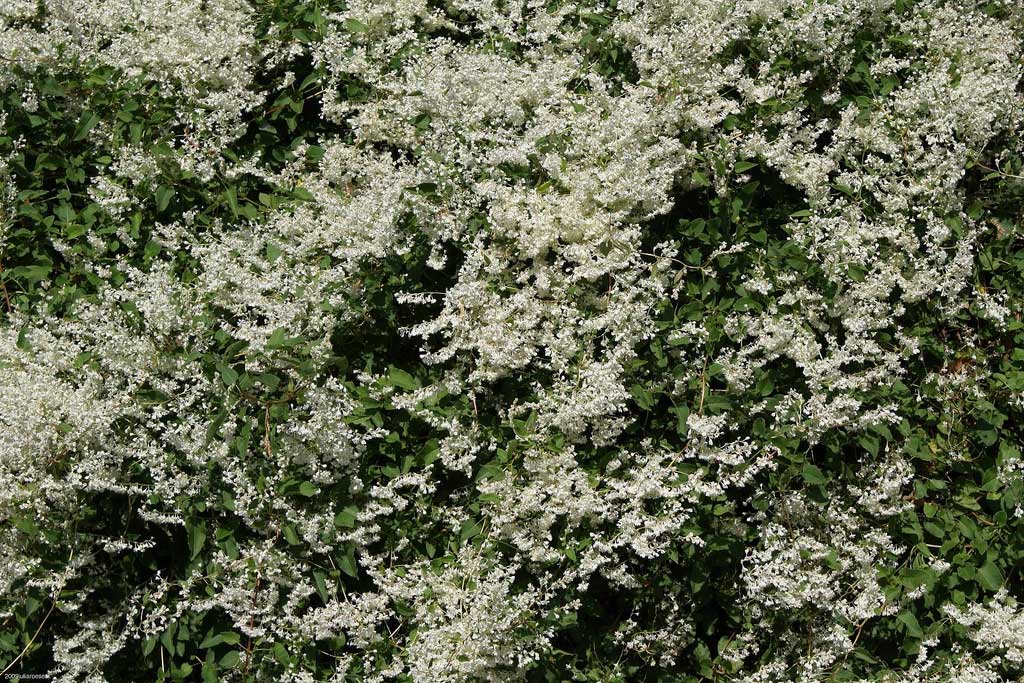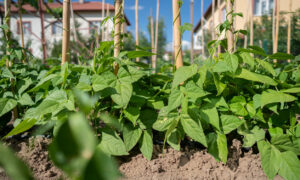We independently research, review, and recommend the best products. If you buy something through our links, we may earn a commission. Learn more.
Today, we’re taking a look at a notorious plant that’s been causing headaches for gardeners everywhere – the Russian Vine. As you may already know, this plant is a vigorous climber that can quickly take over your garden, strangling everything in its path.
Russian vine (Fallopia baldschuanica) is a fast-growing climbing plant that can reach up to 20 meters in height. Also known as “mile-a-minute vine”, it’s a popular ornamental plant that can be easily grown in gardens in the UK. But it comes with a stark warning: its rapid growth, and ability to smother other plants, make it a highly invasive species. If not managed properly, Russian vine can quickly become a nightmare for gardeners.
But fear not. If you have encountered Russian Vine, then I’m pleased to say that there are some handy tricks to help you take control of this unruly plant. In this article, we’ll dive into the characteristics of Russian Vine, the problems it can cause, and the best methods for controlling and getting rid of it. From manual removal techniques to chemical control options and preventative measures, we’ll cover everything you need to know to keep your garden safe from the invasive nature of Russian Vine.
So, if you’re ready to take charge of your garden and show Russian Vine who’s boss, then let’s get started!
Contents
What is Russian Vine?
Native to Asia, Russian Vine was introduced to the UK in the 19th century as an ornamental plant. It has distinctive heart-shaped leaves that are bright green and grow up to 10cm in length. The vine itself is thin and wiry, with stems that can reach up to 12m.
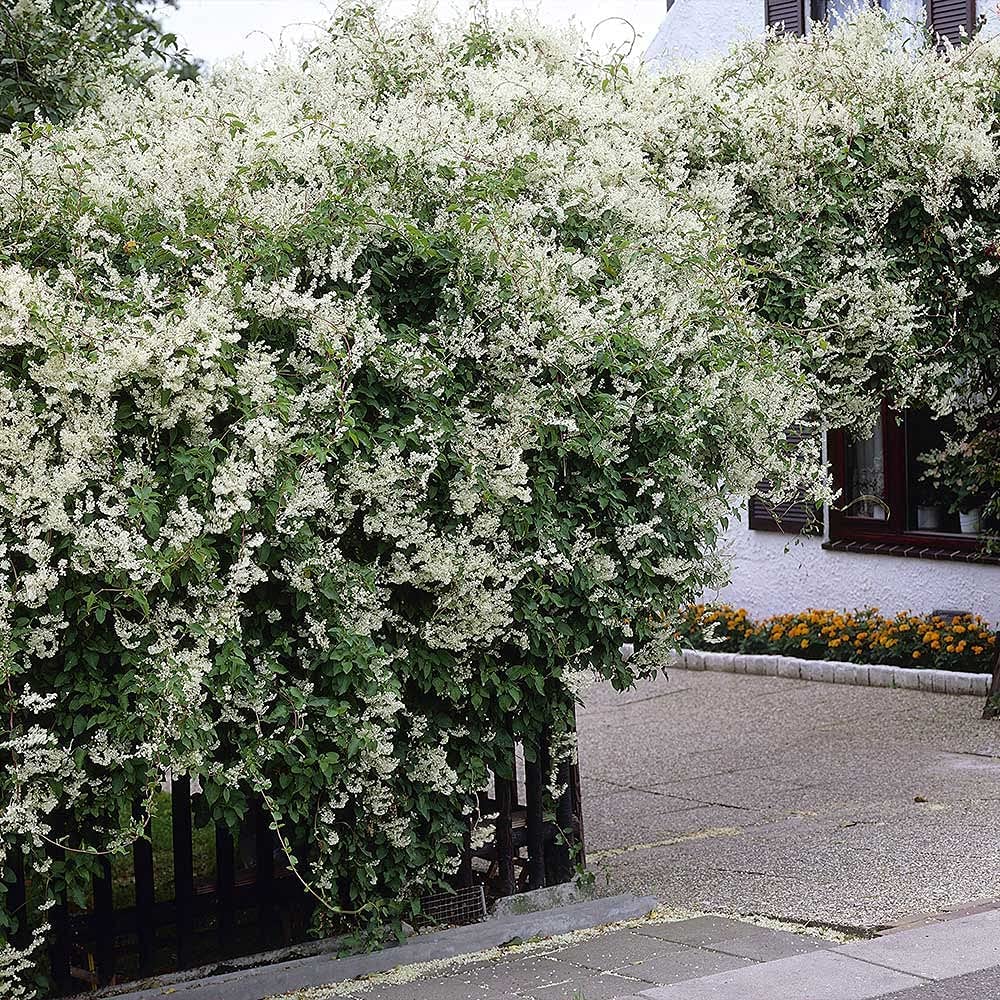
Perhaps the most remarkable feature of Russian Vine is its rapid growth. Alarmingly, it can grow up to 1.5m in a single season, making it a real challenge to control – even for professionals. What’s more, mile-a-minute can reproduce both sexually and asexually, which means that it can spread quickly and efficiently.
Is Russian Vine the same as Japanese Knotweed?
Russian Vine and Japanese Knotweed are often mistakenly thrown together – but they’re actually two different species. While both are highly invasive plants, the similarities stop there. In contrast to Russian Vine, Japanese knotweed is a tall, bamboo-like plant with thick, red stems and small, white flowers. Both plants can be difficult to manage, so it’s important to know which one you’re dealing with if you’re seeking ways to control it.
What problems does Russian Vine cause?
While Russian Vine may look lovely at first, don’t be fooled. It can cause a host of problems for your garden if left unchecked. As an invasive climber, it tends to smother and outcompete other plants, depriving them of essential sunlight and nutrients. In fact, I’ve seen Russian Vine grow to such an extent that it completely engulfs trees, shrubs, and even buildings.
In addition to its destructive nature, Russian Vine can also cause physical damage to structures. The vine’s wiry stems can work their way into small cracks and crevices, causing damage to walls, roofs, and fences. Over time, this damage can become quite severe, requiring costly repairs.
How to control Russian Vine
The best method for managing Russian Vine is to prune regularly to help control growth. I advise pruning mile-a-minute in late winter or early spring before new growth begins. Be sure to remove any dead, damaged, or diseased stems, and cut back any long shoots to promote branching. You can also cut the plant back hard to the ground if it has become too large or invasive.
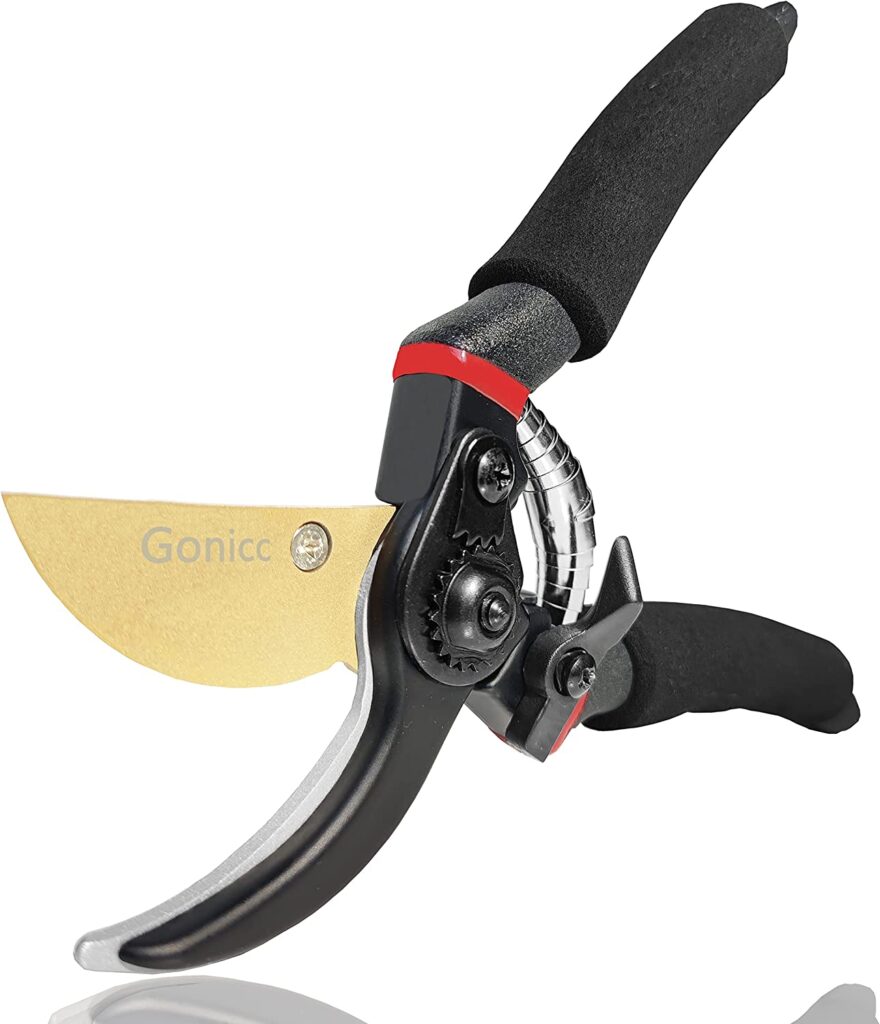
How to get rid of Russian Vine completely
One sure way to remove Russian Vine is to dig up the roots. While effective, this is by no means easy. The plant has a deep root system, so be prepared for a difficult and time-consuming process. Use a spade or garden fork to loosen the soil around the base of the plant, and then pull up the stem and roots. In my experience, you’ll likely need to repeat the process a handful of times to make sure that all the roots have been removed.
If you’re looking for a less laborious solution, it’s worth considering chemical control methods. Weedkillers are undoubtedly an effective method for controlling Russian Vine, but they should be used with caution.
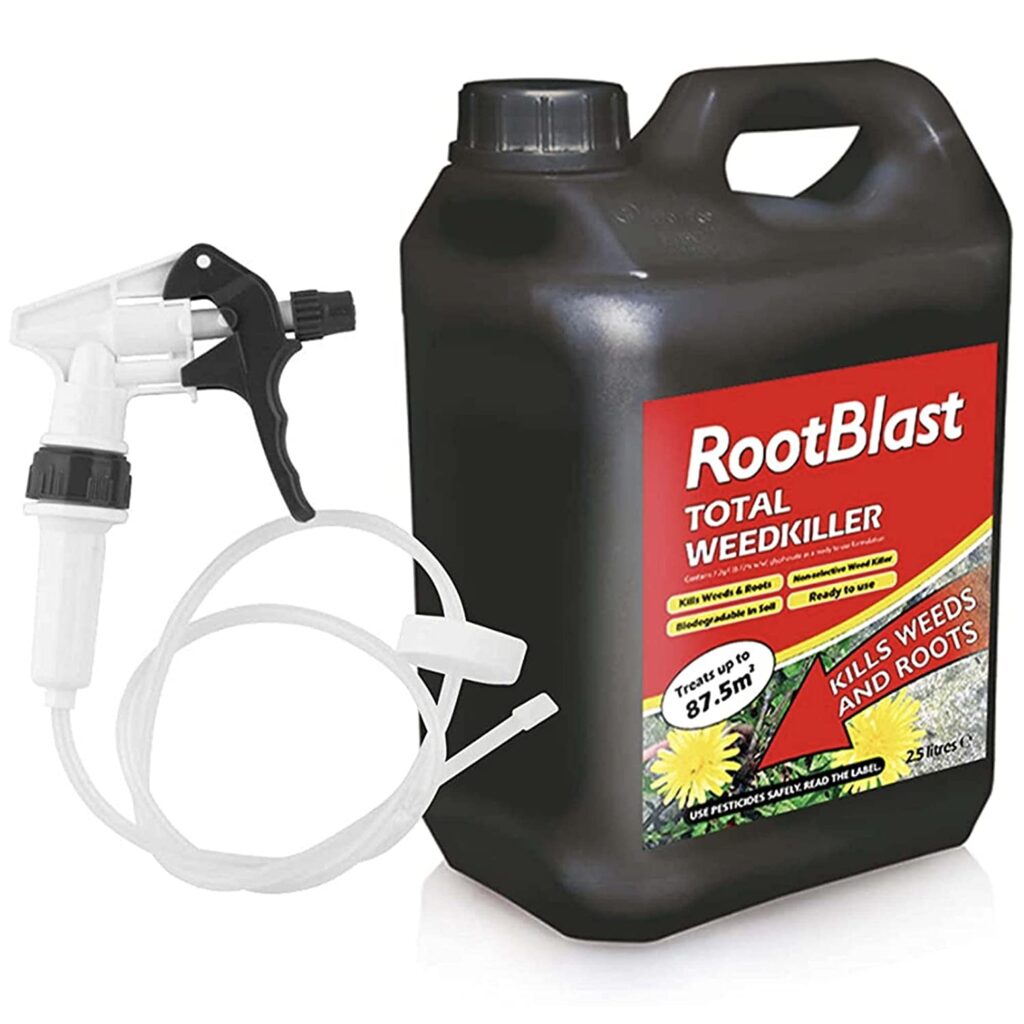
The most common chemicals used for controlling mile-a-minute are glyphosate-based herbicides, which work by killing the plant down to its roots. But please be careful: these chemicals can also harm other plants in the area, so I advise using them very carefully, particularly if you’re dealing with Russian Vine that has spread widely throughout your garden.
It’s also worth noting that glyphosate-based weedkillers are non-selective, meaning they can kill any plant they come into contact with, so it’s essential to avoid using them near desirable plants. As with any chemical control method, it’s important to wear protective clothing and follow safety guidelines to minimise the risk of exposure.
In my personal experience, it’s best to employ a combination of these methods for the most effective results. Start by manually removing as much of the vine as possible, then use glyphosate-based herbicides or smothering techniques to kill off any remaining growth.
Remember that removing Russian Vine can be a time-consuming and challenging process, but it’s essential for protecting your garden and surrounding areas from this invasive plant. Be persistent and patient, and with the right approach, you’ll be able to take back control of your garden in no time.
